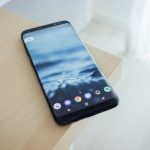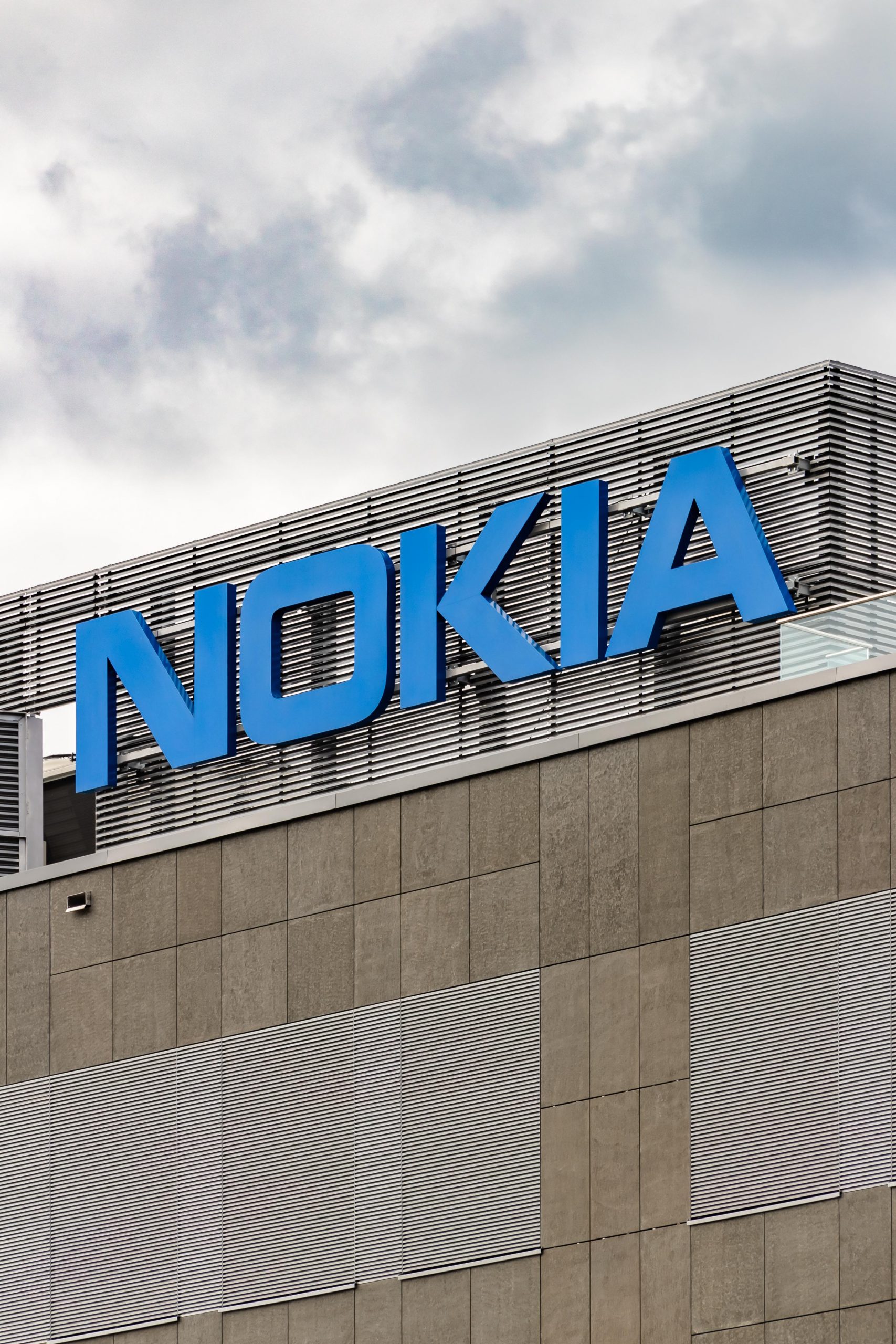Instead of the Snapdragon 865 that the majority of other 5G phones are shipping with, the Nokia 8.3 is one step down in Qualcomm’s lineup and packing a Snapdragon 765G.
This is often a reasonably new chip, and while several phones destined for China or India have already shipped with the 765G, this may be most countries’ first taste of the chip.
Qualcomm’s SoC lineup this year isn’t as clearly segmented because it has been in years past.
The 765G is Qualcomm’s first chip with an integrated 5G modem, while the 865 offloads 5G (and 4G) to a separate chip.
The mixing of as many components as possible into one SoC is that the technical foundation of the fashionable smartphone, and typically, this approach uses less space and less power, generates less heat, and is cheaper.
Next year, all of Qualcomm’s 5G chips will probably be designed just like the 765G, but this year, that chip is leading the way.

mmWave is that the 5G technology that basically brings substantive speed improvements, but mm-Wave is merely available in select cities on a block-by-block basis, and carriers have already admitted mm-Wave will never scale beyond cities.
The opposite quite 5G, sub-6GHz, has the potential for a wider rollout, but it hasn’t been significantly faster than 4G in the real world.
Nokia is making some vague claims that this phone has wider 5G compatibility than other devices.
The handout says the phone has the highest number of 5G New Radio bands from 600hmz all the high to three .8GHz. » this is often presumably thanks to the phone being the first smartphone to use the Qualcomm 5G RF front module solution. With wide 5G compatibility, the thought is that then you would be ready to fly around the world and hit up the world’s nascent 5G networks, but it’s hard to understand the extent of this since Nokia hasn’t published an inventory of supported 5G bands.
Other specs include a 6.8-inch, 2400×1080 LCD, 6 or 8 GB of RAM, 64 or 128 GB of storage, and a 4500mAh battery.
There is a microSD slot, a 3.5 mm headphone jack, a USB-C port, and Android 10. The rear camera arrangement leaves during a big circular camera bump with four cameras: a 64MP main sensor, a 12MP ultra-wide camera, a 2MP depth sensor, and a 2MP macro camera.
The most important oddity may be a lack of an in-screen fingerprint reader, which has been difficult to integrate into LCD panels within the past. The Nokia 8.3 features a side fingerprint reader, which also doubles as an influence button.
There’s no word on a US launch yet, but the 8.3 hits Europe in summer 2020. The 6 GB of RAM version with 64 GB of storage is €599 ($640), and therefore the higher-end 8 GB of RAM and 128 GB of storage version is €649 ($693).







